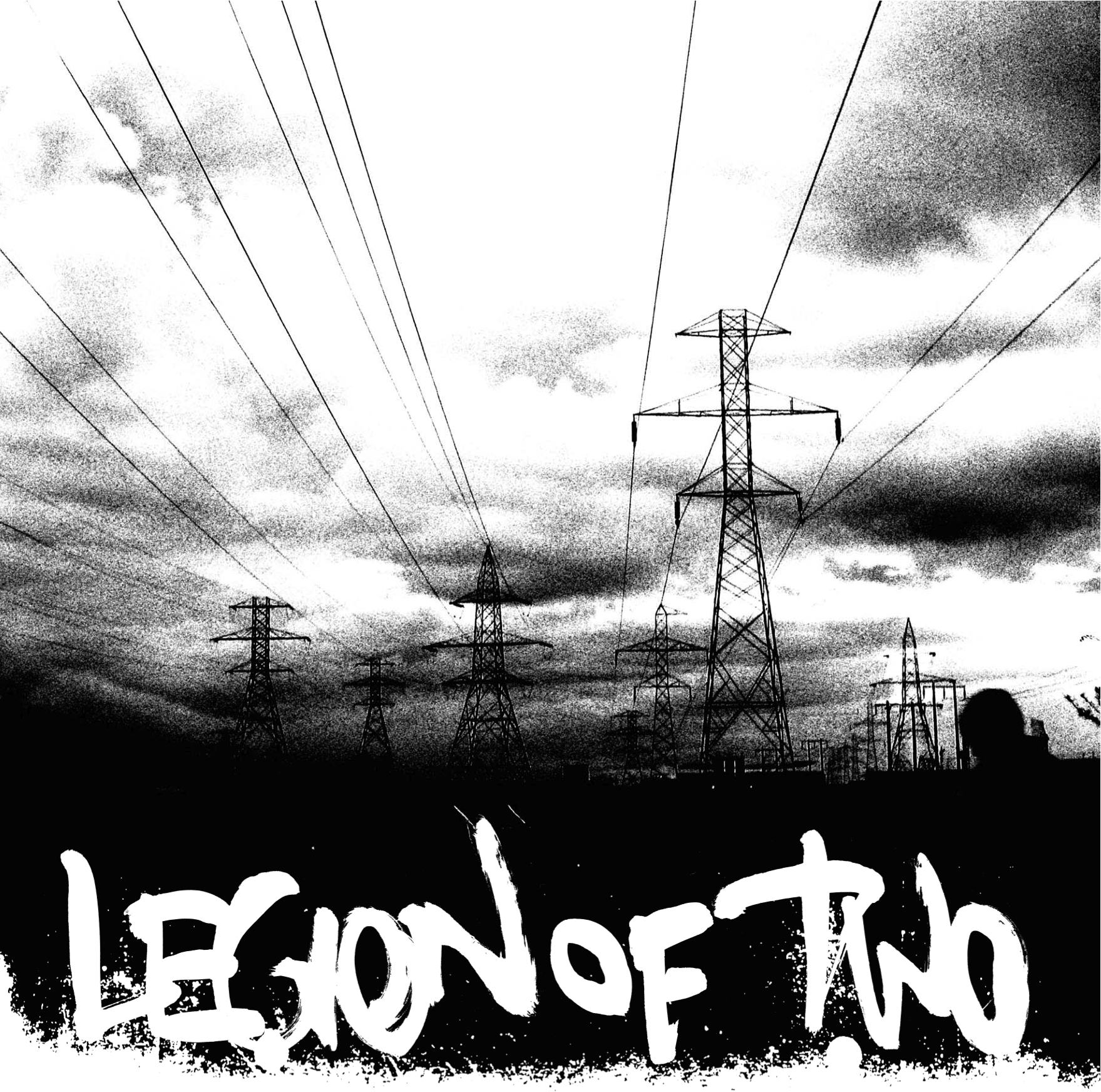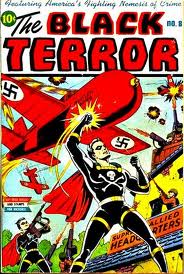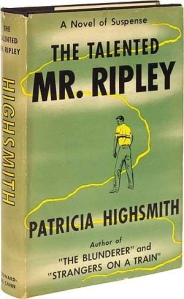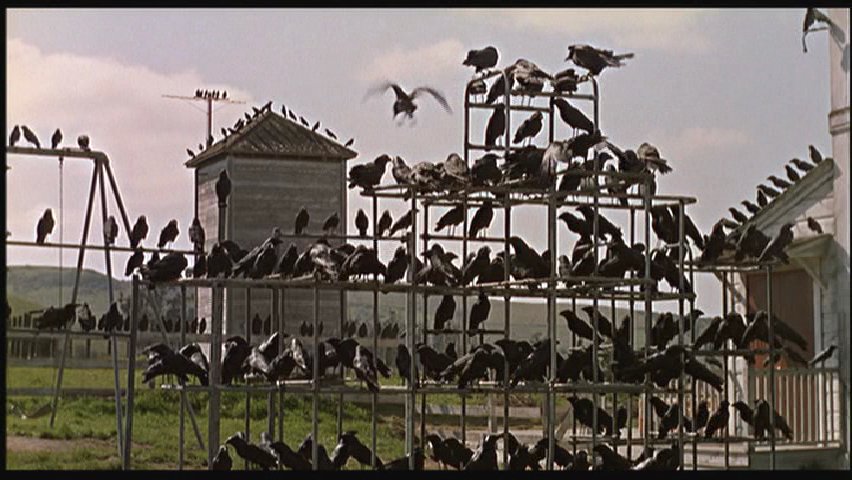In the 70s, rape/revenge turned into a genre based on feministsploitation. Films like I Spit On Your Grave, Lipstick, and Ms. 45 presented rape as part of the structural oppression of women, and female revenge as a way to overthrow, and often literally castrate, the patriarchy. Even rape/revenge films that did not specifically use feminism as a lever, like Last House on the Left, spent significant time placing viewer identification with the women suffering violence. The film’s were certainly prurient and exploitive, but they also presented sexual violence as important,and its victims as not just sympathetic, but worthy of a privileged point of view and narrative place.
This is not the case for the Last House on the Left’s direct inspiration, The Virgin Spring. Ingmar Berman’s 1960 classic is a rape/revenge in terms of plot; set in medieval times, it is about a young girl who is raped and murdered by bandits on her way to church, and whose father then kills the murderers. But where the 70s rape/revenge films put feminism, Virgin Spring puts God.
Karin (Birgitta Pettersson) does get screentime in the first half of the film, it’s true—but her character amounts to little more than assurances that she is the perfect, perfectly innocent rape victim. She oversleeps and is a little spoiled, perhaps, but she is kind, loving, full of life, and trusting—she feeds the bandits her lunch because she wants to help strangers before she realizes they mean her ill.
All the depth, soul-searching, and internal conflict in the film is reserved for Karin’s friend and parents—and especially for her father, Tore, played by the even-then celebrated Max von Sydow. As far as the film is concerned, Karin’s assault is important less for its place in her life, than for its effect on her father and his relationship with God.
Since it’s a Bergman film, that relationship is fraught and dramatic. Tore chastises himself with branches before he goes forth to slay his daughter’s sleeping killers. In the final scene, after finding his child’s body, he staggers off to the side of the clearing, and looking away from the camera addresses the deity directly. “God, you saw it! God, you saw it!” he declares. An innocent died and God did nothing. Like Job’s, Tore’s loss is an object lesson in the problem of faith and evil. And then, after Tore pledges to build a church as expiation for his sin of violence, a spring miraculously begins to flow from the ground beneath Karin’s head. God did see, and Karin, we’re surely meant to believe, is in heaven. Karin’s death is first a dramatic moment in Tore’s internal life,and then a dramatic moment in God’s narrative of suffering and redemption.
The cinematography throughout emphasizes the sense of a cold, but beautiful order beneath, and gazing upon, the tragedy. The dramatic image of Sydow standing beside, and then wrestling, with the tree serves as a metaphor for Tore’s isolation—and for the fact that God (the tree, the eye watching the tree) is there even in the bleakest landscape.
There’s no question that Virgin Spring is a striking film to look at. And it deals with big, important themes—God, justice, mercy, violence, the place of man in the cosmos. But still, the very elevation of theme and vision can start to seem unseemly, built as it is on the torture and death of a person whose suffering is decidedly tangential. When Sydow goes the full ham Shakespeare route and gazes at his hands to let us know that he’s disturbed about murdering the thugs the staginess becomes almost insupportable. We get it Mr. Bergman. We are watching something profound. How can Karin have suffered in vain if she lets us contemplate the beauty that is Sydow in full stricken emoting?
In comparison, the later rape/revenge exploitation, acknowledging its prurient investment in both sex and violence, seems relatively honest—and certainly less grandly distanced from the trauma. In the 70s rape/revenge, the camera is not at some perfect remove, but often chaotically close to the action, trying to keep up, or get out of the way (as in the still below from Ms. 45).
Exploitation films are often criticized for having no higher purpose; for being exercises in sleaze, stimulation, and unpleasantness for their own sake. Virgin Spring makes me wonder, though, whether a higher purpose can in its own way be more indecent than sensationalism. Better to suffer for no reason, than so that God and dad and the filmmaker can be profound, and reconciled.










